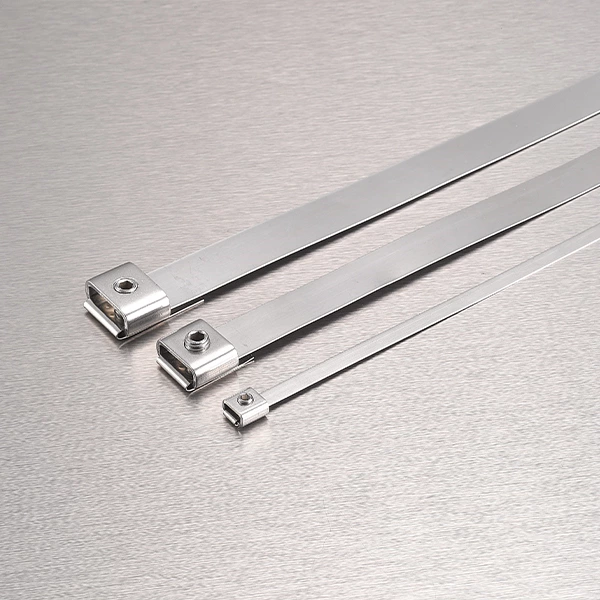How Much Do You Know About The Importance Of Carbon In Stainless Steel Cable Ties?
Carbon has amazing diversity and application potential. Its presence can give materials a variety of different properties, making it play an excellent role in the industrial and scientific fields. In Stainless Steel Cable Tie, the application of carbon shows its importance and value.
First of all, as an industrial product for connecting, binding and fixing, the addition of carbon in its manufacturing is to improve its physical and chemical properties. Carbon gives cable ties excellent strength and durability, enabling them to withstand high tension and pressure without deformation or breakage.
This strength comes from the chemical combination of carbon and iron, forming a stable and strong lattice structure, which makes the cable tie stable under high pressure and not easy to break or deform.
Secondly, the presence of carbon also gives cable ties good corrosion resistance. Stainless steel itself has the characteristics of anti-oxidation and corrosion resistance, and the addition of carbon further enhances this property. Carbon can increase the hardness and wear resistance of stainless steel, making it more durable and able to resist corrosion factors in the external environment, such as oxidation, acidic substances or salts.
Therefore, the presence of carbon allows stainless steel cable ties to work in harsh environments, maintain a long service life, and reduce the frequency of maintenance and replacement.
In addition, carbon also helps to adjust the mechanical properties of cable ties. By adding carbon in different proportions, the hardness, toughness and machinability of the cable ties can be changed. For example, in cable ties with high carbon content, the hardness will increase, which is suitable for occasions with higher strength requirements.
In the case of low carbon content, the cable ties are more tough and suitable for working environments that require stronger toughness. This adjustability allows cable ties to be customized according to different needs and meet the requirements of various industrial applications.
When we delve deeper into the role of carbon in stainless steel, we can understand its impact on the properties of this industrial material in more detail.
On the one hand, the addition of carbon changes the lattice structure of the cable ties, which causes stainless steel cable ties with different carbon contents to present completely different properties at the microscopic level.
For example, cable ties with high carbon content are more likely to form martensite, which gives them higher hardness but sacrifices a certain toughness. Cable ties with low carbon content tend to form ferrite, which has better toughness and ductility, but may have lower relative hardness. Therefore, manufacturers can adjust the carbon content according to specific needs when manufacturing different types of cable ties to meet the requirements of different industrial scenarios.
On the other hand, the presence of carbon also has an important impact on the processing performance of cable ties. The addition of carbon can affect the machinability and processability of the material, so the carbon content needs to be precisely controlled during the manufacturing process to ensure that the processability of the cable ties meets expectations. Appropriate carbon content can make cable ties easier to form, cut and process, improve production efficiency and reduce manufacturing costs.
In general, carbon plays a vital role in stainless steel cable ties. It strengthens the physical properties of cable ties, improves corrosion resistance, and gives the material adjustable properties, making it suitable for a variety of different industrial fields. The presence of carbon is not just a simple addition, but also a good combination of technology and science, which brings more efficient and reliable solutions to modern industry.



